Making your own DIY lotion at home is a fun and rewarding process that allows you to customize skincare products to suit your needs. By using natural ingredients, you can create a lotion that is free from harmful chemicals, gentle on the skin, and tailored to your preferred scents and textures. Whether you’re crafting it for yourself or as a thoughtful homemade gift, DIY lotion is a simple way to combine creativity with self-care. This guide explores the key aspects of how to make diy lotion.
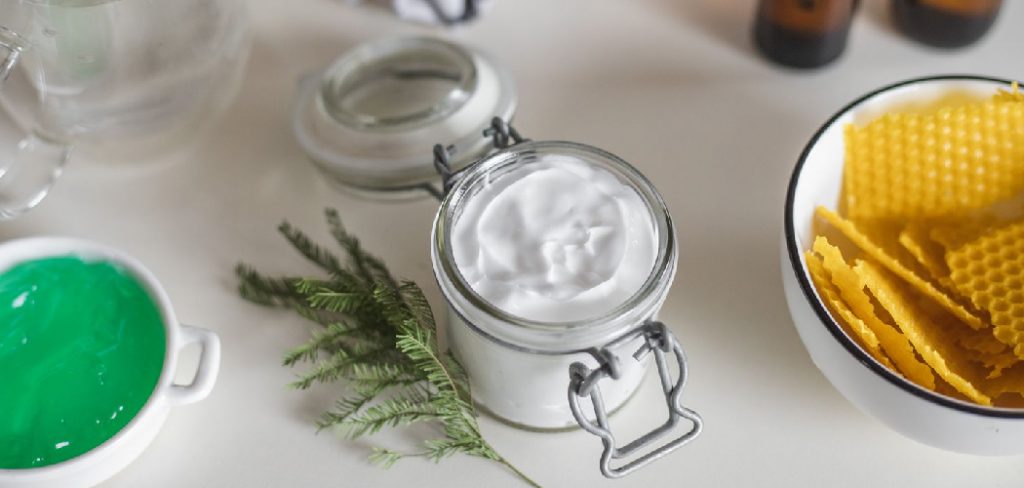
Why Make Your Own Lotion
Making your own lotion comes with multiple benefits that go beyond just having a personalized skincare product. First, it gives you complete control over the ingredients, allowing you to avoid synthetic chemicals, artificial fragrances, and preservatives often found in commercial lotions. This is especially important for those with sensitive skin or allergies, as you can ensure your lotion is gentle and safe to use.
Additionally, DIY lotions are often more cost-effective in the long run, especially if you make them in larger batches. The process is also environmentally friendly, as you can reduce plastic waste by reusing containers. Lastly, making lotion can be a relaxing and creative activity, giving you the satisfaction of crafting something unique and beneficial with your own hands.
Essential Ingredients for DIY Lotion
To create your own lotion at home, it’s important to have a few essential ingredients that form the base of most recipes. Here are some commonly used components:
- Carrier Oils – These are the foundation of any lotion, providing hydration and nourishment. Popular options include almond oil, coconut oil, jojoba oil, and olive oil.
- Butters – Ingredients like shea butter, cocoa butter, or mango butter add richness and creaminess to your lotion while deeply moisturizing the skin.
- Beeswax or Plant-Based Wax – Wax acts as an emulsifier, helping to blend oils and water together while adding thickness to the lotion.
- Distilled Water – This is typically used as the liquid base to achieve the desired consistency and ensure the lotion is smooth and easy to apply.
- Essential Oils – For aroma and additional skincare benefits, essential oils like lavender, tea tree, or chamomile are a great addition.
- Preservatives (Optional) – If you’d like your lotion to last longer, you might add natural preservatives like vitamin E oil or opt for a commercially available skin-safe preservative.
With these ingredients, you’ll be well on your way to crafting a high-quality, nourishing lotion tailored to your needs.
10 Methods How to Make Diy Lotion
1. Basic Beeswax and Coconut Oil Lotion
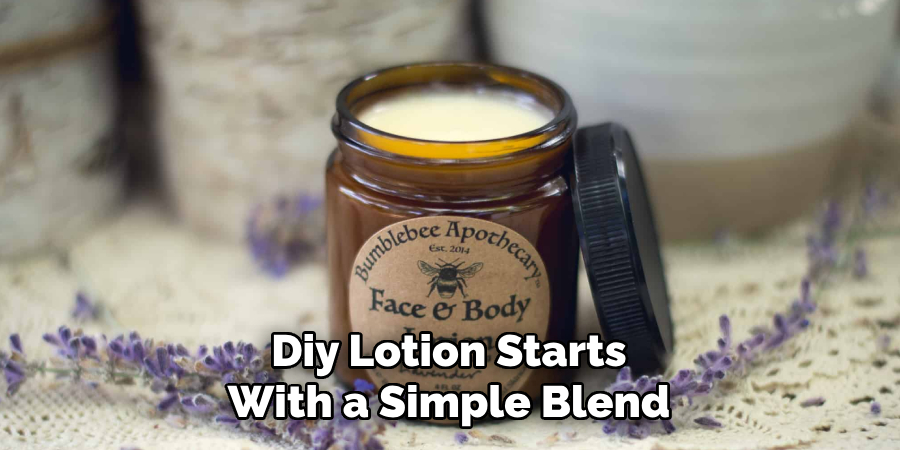
A classic DIY lotion starts with a simple blend of beeswax and coconut oil, creating a rich, moisturizing formula suitable for everyday use. To make this, combine 1/2 cup of coconut oil with 1/2 cup of almond or olive oil in a double boiler. Add 2 tablespoons of grated beeswax and heat until fully melted, stirring occasionally.
Once melted, remove from heat and let cool slightly. For added aroma and therapeutic benefits, stir in 10–15 drops of essential oil such as lavender or tea tree. Pour the mixture into a clean jar and let it cool completely until it solidifies into a smooth cream. This lotion is thick, deeply hydrating, and ideal for dry skin or rough patches like elbows and heels.
2. Aloe Vera and Shea Butter Lotion
A soothing option for sensitive or sun-exposed skin, this method combines the cooling properties of aloe vera with the deep moisturization of shea butter. Begin by melting 1/2 cup of shea butter in a double boiler. Once melted, remove from heat and mix in 1/4 cup of pure aloe vera gel and 1/4 cup of sweet almond oil.
Blend the mixture using a hand mixer until light and creamy. Aloe vera is naturally anti-inflammatory and helps soothe irritation, while shea butter is rich in fatty acids that nourish and protect the skin. Store in an airtight container in the refrigerator for longer shelf life, and apply generously after sun exposure or as a daily moisturizer.
3. Whipped Cocoa Butter Lotion
For a decadent, chocolate-scented lotion, cocoa butter is the star ingredient. Melt 1/2 cup of cocoa butter with 1/4 cup of coconut oil and 1/4 cup of jojoba or grapeseed oil in a double boiler. Allow the mixture to cool slightly, then whip it using a hand mixer for about 5–7 minutes until it becomes fluffy and light.
Transfer to a clean jar and keep it in a cool place. This lotion is intensely moisturizing and perfect for very dry or winter-worn skin. Cocoa butter also helps improve skin elasticity and reduce the appearance of scars or stretch marks over time.
4. Vegan Lotion with Candelilla Wax
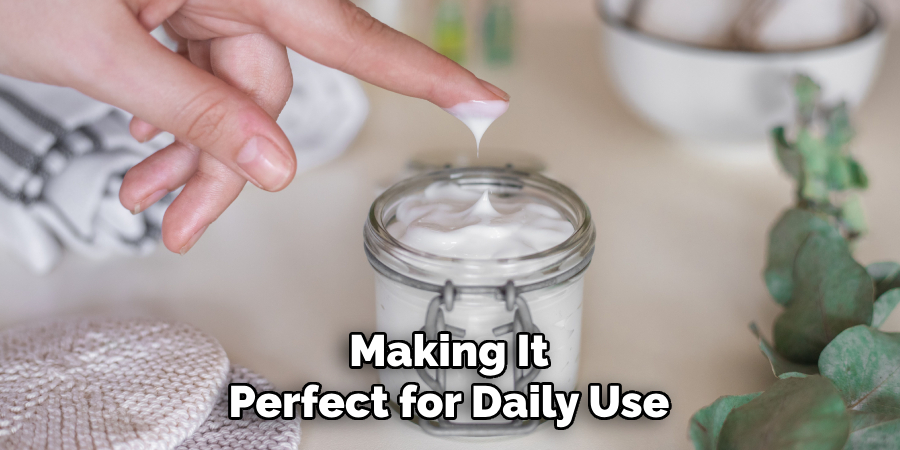
If you’re looking for a vegan alternative to beeswax, candelilla wax offers similar thickening properties. Melt 1 tablespoon of candelilla wax with 1/4 cup of coconut oil and 1/4 cup of avocado oil. Once fully melted, stir well and allow it to cool slightly before adding 10 drops of your favorite essential oil. Pour into a small jar and let it set.
This lotion is lightweight yet effective, making it perfect for daily use. Candelilla wax also has a smooth texture and is often used in commercial lotions and balms for its non-greasy finish.
5. Olive Oil and Rose Water Emulsion
This method creates a light and hydrating lotion using rose water for its toning and fragrant qualities. In a double boiler, heat 1/4 cup of olive oil with 1 tablespoon of beeswax until melted. In a separate container, warm 1/4 cup of rose water. Slowly pour the warm rose water into the oil mixture while blending with an immersion blender.
Continue blending until the mixture emulsifies and thickens into a lotion. Rose water adds a refreshing, floral scent and enhances the skin’s natural glow. This lotion is ideal for facial use and works well under makeup as a primer.
6. Lotion Bar Method
For those who prefer a mess-free, solid option, lotion bars are compact and portable. Combine equal parts (1/3 cup each) of beeswax, shea butter, and coconut oil in a saucepan and melt over low heat. Once melted, pour into silicone molds or muffin tins and let harden completely.
These bars activate with the warmth of your skin and can be rubbed directly on dry areas like hands, feet, or elbows. You can customize the scent by adding 10–15 drops of essential oil before pouring. They’re especially handy for travel or use during the winter months when skin is prone to cracking.
7. Oatmeal-Infused Lotion for Sensitive Skin
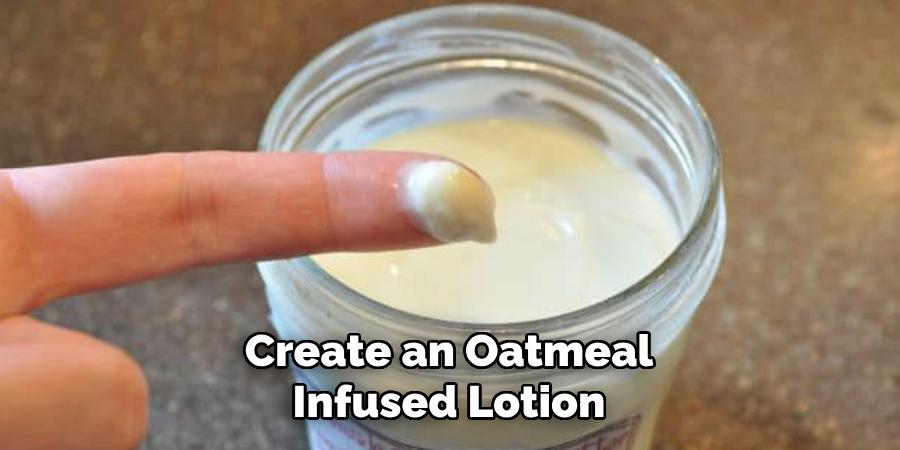
Oatmeal is a gentle, natural remedy for irritated or eczema-prone skin. To create an oatmeal-infused lotion, first steep 1/4 cup of ground oats in 1/2 cup of hot water for 15 minutes, then strain to remove solids. In a double boiler, melt 1/4 cup shea butter with 1/4 cup of sweet almond oil and 1 tablespoon of beeswax. Once melted, slowly add the oatmeal water while blending with a hand mixer. Mix until emulsified and creamy. This lotion calms redness, relieves itching, and leaves a soft, soothing finish. Store in a refrigerator for freshness and use within a few weeks.
8. Green Tea and Aloe Lotion
Antioxidant-rich green tea offers anti-aging benefits when infused into skincare products. Brew a strong cup of green tea and allow it to cool. In a bowl, mix 1/4 cup of brewed green tea with 1/4 cup aloe vera gel. In a separate pan, melt 1/4 cup coconut oil with 1 tablespoon beeswax.
Slowly combine the oil mixture with the green tea and aloe blend using an immersion blender. Blend until the lotion emulsifies and becomes smooth. Green tea helps fight free radicals and reduces inflammation, while aloe moisturizes and cools. This lotion is ideal for facial application or after shaving.
9. Glycerin-Based Hydrating Lotion
Vegetable glycerin acts as a humectant, drawing moisture into the skin and locking it in. For this method, mix 1/4 cup distilled water with 2 tablespoons of vegetable glycerin and 1 tablespoon of aloe vera gel. In a separate container, melt 1/4 cup shea butter with 1 tablespoon coconut oil. Combine the water mixture with the oil mixture slowly while blending to emulsify.
Add 5–10 drops of your favorite essential oil for fragrance. This lotion is especially beneficial for those with dehydrated skin or during hot, dry weather, as glycerin helps maintain skin hydration levels.
10. Herbal Infused Lotion with Calendula
Calendula flowers are known for their healing properties and are ideal for soothing inflamed or cracked skin. To make this herbal lotion, infuse 1/4 cup of dried calendula flowers in 1/2 cup of olive oil by gently heating them together for 1–2 hours on low heat. Strain the oil and combine with 1 tablespoon beeswax and 1/4 cup shea butter. Melt the mixture and stir until smooth.
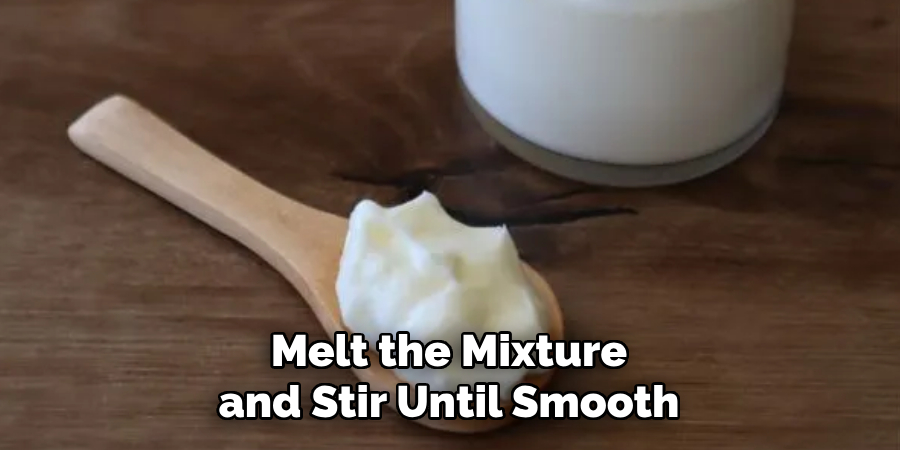
Add 10 drops of lavender or chamomile essential oil for added calming effects. Once cooled and solidified, this lotion can be used to soothe cuts, rashes, or sensitive skin conditions, and it’s gentle enough for babies or elderly skin.
Conclusion
Making your own lotion at home allows for complete control over ingredients, scent, texture, and skin benefits. Whether you prefer something rich and creamy, light and fast-absorbing, or medicinal and calming, there’s a DIY method that fits your needs. These ten approaches—from classic beeswax blends to herbal infusions—highlight the versatility of homemade skincare and the joy of creating something both luxurious and personalized.
Thanks for reading our blog post on how to make diy lotion! We hope you found it helpful and informative.


